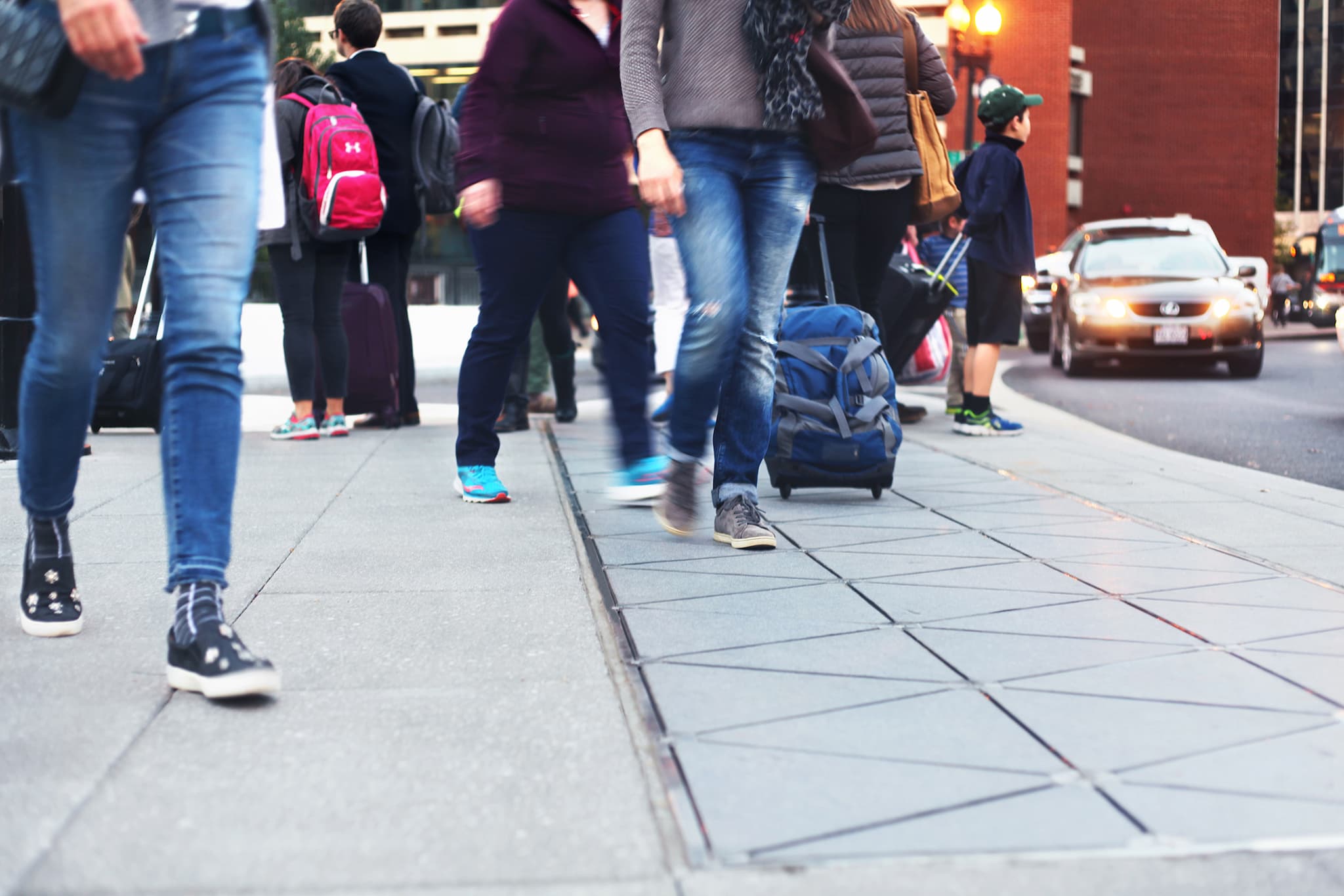Smart Street
One street in London is about to get a whole lot smarter thanks to some innovative technology from Pavegen. Thursday marks the opening of the revamped Bird Street in the heart of London's West End. A press release from Pavegen promises that "[v]isitors will be able to enjoy a traffic-free shopping and dining experience in an environment showcasing the latest in sustainable technologies."
The pièce de résistance of the street is a ten square meter array of an energy generating walkway. The pathway is outfitted with technology that allows it to generate energy just by people walking on it. As we mentioned in earlier coverage of the tech, as pedestrians walk on the walkway, the pressure causes generators in the flooring to vertically displace. Electromagnetic induction creates kinetic energy which can then be used to power devices. In the case of Bird Street — as its name suggests — the pathway will be powering ambient bird calls and lighting.
Even more, the pathway will also utilize Bluetooth Low-Energy transmitters to deliver incentives for using the Pavegen system through branded apps. The street also goes even further with innovative sustainable technologies including Airlabs’ ClearAir benches, which clean the surrounding air of nitrogen dioxide. Surfaces are also covered with Airlite's paint, which purifies the air of NOx gasses and bacteria. This street could be the start of similar initiatives in cities around the world.
Micro-Power Plants
Technology like Pavegen's walkway is just one example of emerging tech capable of generating power on a micro-scale. Other tech currently being developed can even harness electricity using your own body heat. Researchers at the Georgia Institute of Technology have also developed a fabric that can harvest energy from both sunlight and motion, in the same way human walking powers Pavegen's walkway.
With the rapid proliferation of solar power, traditional power plants are already on the decline. Technologies like Tesla's solar roofing tiles — and the accompanying batteries called Powerpacks — are allowing for complete integration for customers' energy needs. As these and other technologies continue to emerge, we are very quickly going to see a seismic shift in the energy market toward renewables.
Innovative solutions like these will help to turn the tide against climate change. While being able to harvest enough energy from a shirt to charge your phone may not put a significant dent in demand on a grid, it is the kind of thinking that can inspire greater change in our energy consumption and generation habits.
Share This Article
